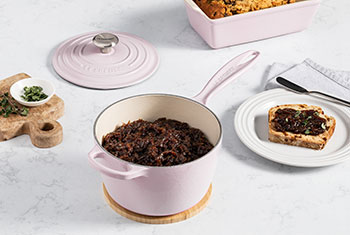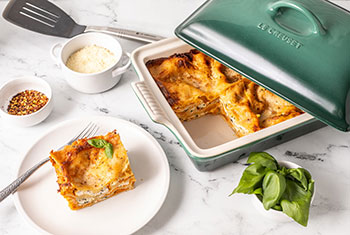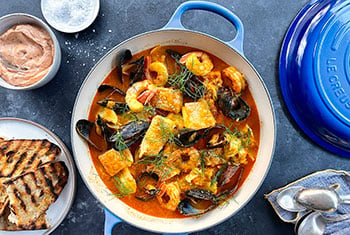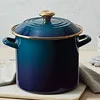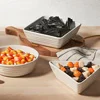Rich, flavorful sauces are one of the most essential components of classic French cuisine. They are the key to elevating a dish, either as the finishing touch on a beautiful plate or as the building base of a soup, stew or casserole. Most French sauces are variations on what are known as the ‘mother sauces’, which comprise of five key culinary techniques that every cook should know. But once you learn the basic method, the rest are a breeze to master – and with these techniques in your pocket, you can elevate any meal from boring to brilliant in minutes.
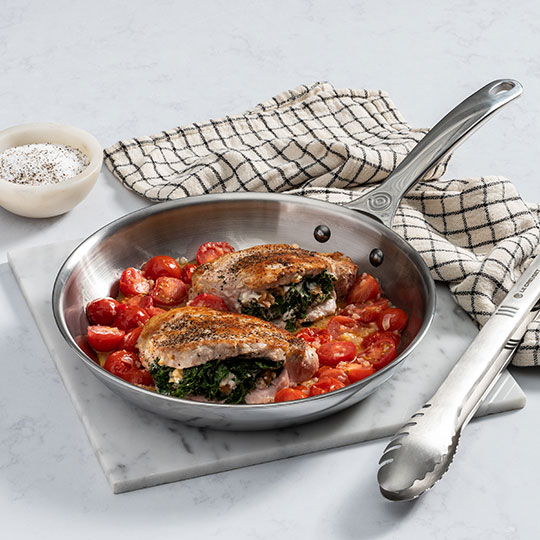
Pan Sauces
One of the easiest sauces to learn are pan sauces. Made with just a few ingredients, they add richness and depth to a recipe due to the fond, or pan drippings, that caramelize on the pan after searing. Those flavorful little bits are picked up by the liquid used for the pan sauce, which ranges from wine to broth to juice. Stainless Steel Fry Pans are one of the best options for making a pan sauce. The heavy-duty pans create a flavorful brown crust, the non-reactive surface works with any liquid and metal whisks won’t damage the surface. So next time you’re preparing chicken, steak, pork and even fish, try adding a pan sauce to instantly elevate the flavor and presentation.
Get the Recipe: Goat Cheese Stuffed Pork Chops with Tomato Shallot Pan Sauce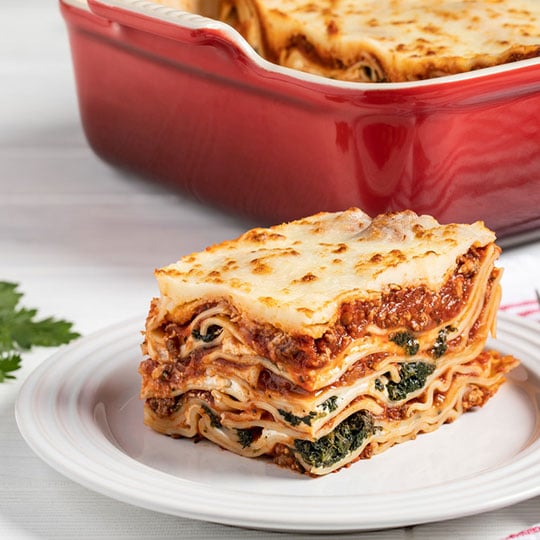
Bechamel
Luscious bechamel is an essential component to creamy, bubbly casseroles, homemade pasta dishes, vegetable gratins, and the French classic, Croque Monsieur, among many other uses. At its most basic, bechamel begins with a roux composed of butter and flour. The blonde roux is thickened slowly with dairy, like milk, half and half or cream. Once finished, it can then be seasoned with fresh herbs, mustard or spices depending on the application. If you’re ever making a generously sized traditional Italian lasagna from scratch in our Classic Lasagna Dish, mastering this sauce is a must.
Get the Recipe: Italian Trattoria Lasagna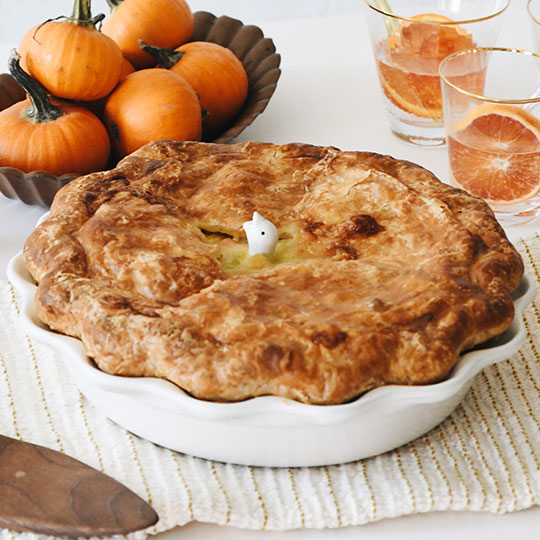
Velouté
Velouté is a silky, savory sauce made by thickening a light stock with a blonde roux of butter and flour – basically a bechamel but with stock in place of milk. Poultry, vegetable or seafood stock can be used depending on the final recipe. Fresh herbs, spices and even a splash of heavy cream are flavorful additions to this classic French mother sauce. Velouté can be used as a finishing sauce for poached or seared proteins, but it is most frequently used in soups, casseroles and pot pies as the ingredient that binds together the filling. Simply combine the velouté with cooked meat and vegetables, then bake until bubbly in a Heritage Pie Dish, all topped with a buttery crust.
Get the Recipe: Ultimate Turkey Pot Pie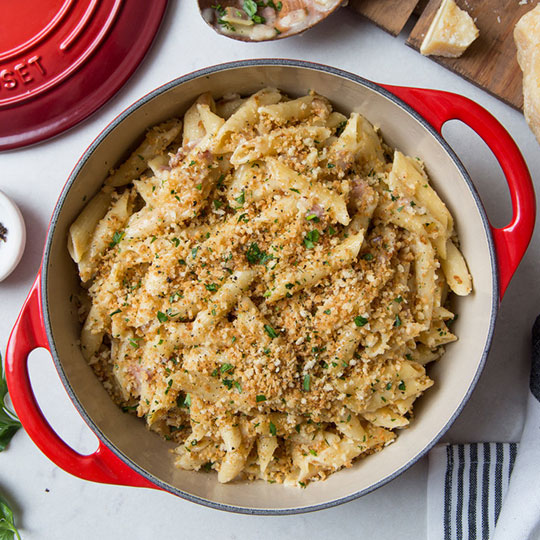
Mornay
If you’ve made a bechamel, there’s only one step left to making a mornay – add cheese. Mornay can be used with any and all pasta shapes or incorporated into a soufflé. It is also welcome drizzled over freshly steamed vegetables, grilled chicken or savory egg dishes. While classically prepared with parmesan or gruyere, a mornay sauce can be made with any creamy, melty cheese – an essential element when making homemade macaroni and cheese in the Shallow Round Oven.
Get the Recipe: White Cheddar, Mozzarella and Parmesan Baked Mac and Cheese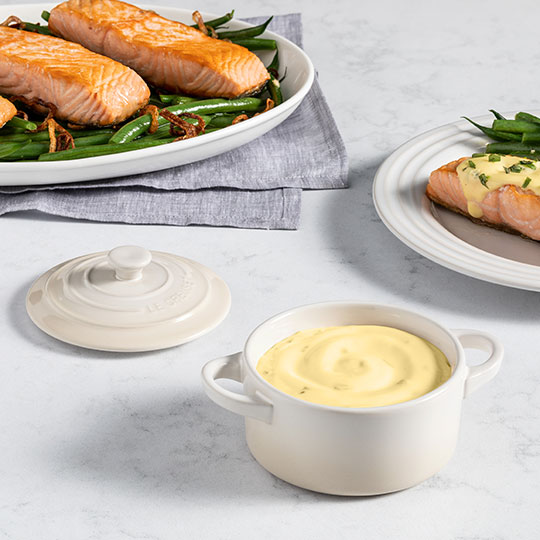
Béarnaise
Commonly served with grilled and broiled meats, Béarnaise is a lush emulsion of clarified butter, egg yolks and vinegar, flavored with shallots and fresh herbs like tarragon and chervil. It can be tricky to prepare, so care must be taken to create the emulsion over low and slow heat in an enameled cast iron Signature Saucepan for even heat contral and to prevent hot spots. Once it’s ready, serve immediately drizzled over the main dish or keep it warm in stoneware Mini Cocottes to prevent the mixture from getting cold and curdling.
Get the Recipe: Shallot Tarragon Béarnaise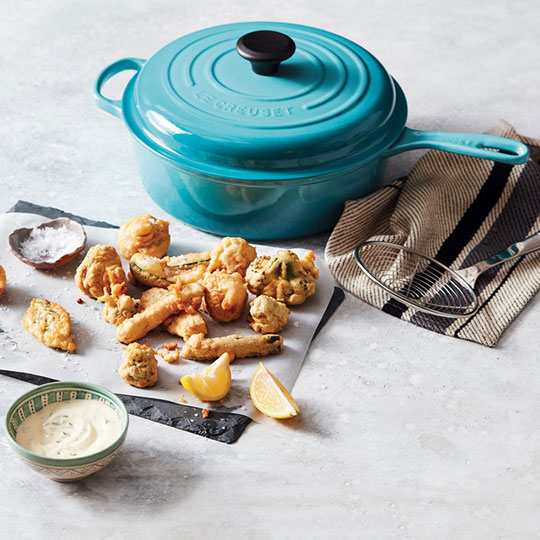
Aioli
Aioli is a rich and creamy sauce made by emulsifying oil with garlic, frequently with egg yolks, a bit of mustard and a splash of acidity. The key to a smooth aioli is adding the oil a little bit at a time, resulting in a luxurious, thick sauce similar to mayonnaise. Once you’ve conquered a basic aioli, experiment with adding additional flavors. A bright lemon aioli as the perfect dipping sauce for crispy tempura fried vegetables or add pureed roasted red peppers as a complement to Crab and Corn Fritters. An aioli is best prepared in a non-reactive Stainless Steel Mixing Bowl, then served in a colorful chilled Mini Cocotte to keep it cool on the table.
Get the Recipe: Vegetable Friture with Lemon Aioli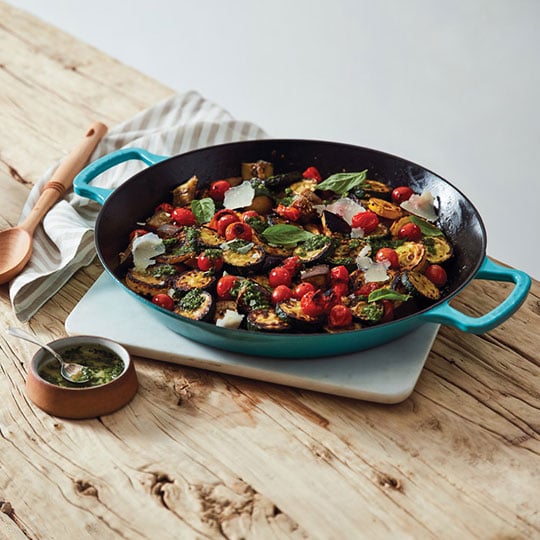
Pistou
Hailing from the South of France, pistou is a fresh blend of sweet basil, olive oil and garlic. It’s an aromatic sauce, frequently used as a bright addition to soups and stews, as well as a dipping sauce for bread. The fresh flavor is welcome drizzled over cooked veggies, seared fish and pasta, but it’s an especially delicious complement to the smoky flavor of chicken or pork grilled on our Signature Square Skillet Grill. If you add nuts and cheese to the basic recipe, you’ll end up with its Italian cousin, pesto, which can be used in similar applications with delicious results.
Get the Recipe: Charred Vegetables with Basil Pistou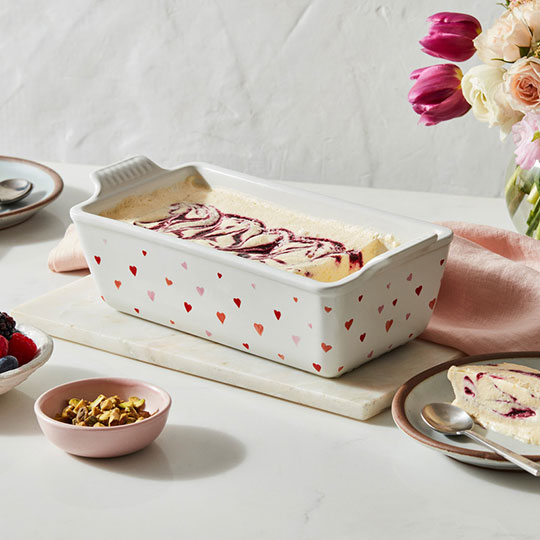
Coulis
Coulis is a thick vegetable or fruit puree, but almost always refers to a sauce made of fruit. A coulis is a sweet choice as a garnish for desserts like chocolate cake, key lime pie and cheesecake. It can also be used a recipe component, such as when its layered with cake and nuts in a trifle or swirled into custard and poured into the Heritage Loaf Pan for a luscious semifreddo. To make a coulis, a mixture of fruit, sugar and citrus juice is simmered until the fruit breaks down, then mashed for a jam-like thicker consistency or strained into a smooth sauce.
Get the Recipe: Triple Berry Semifreddo


